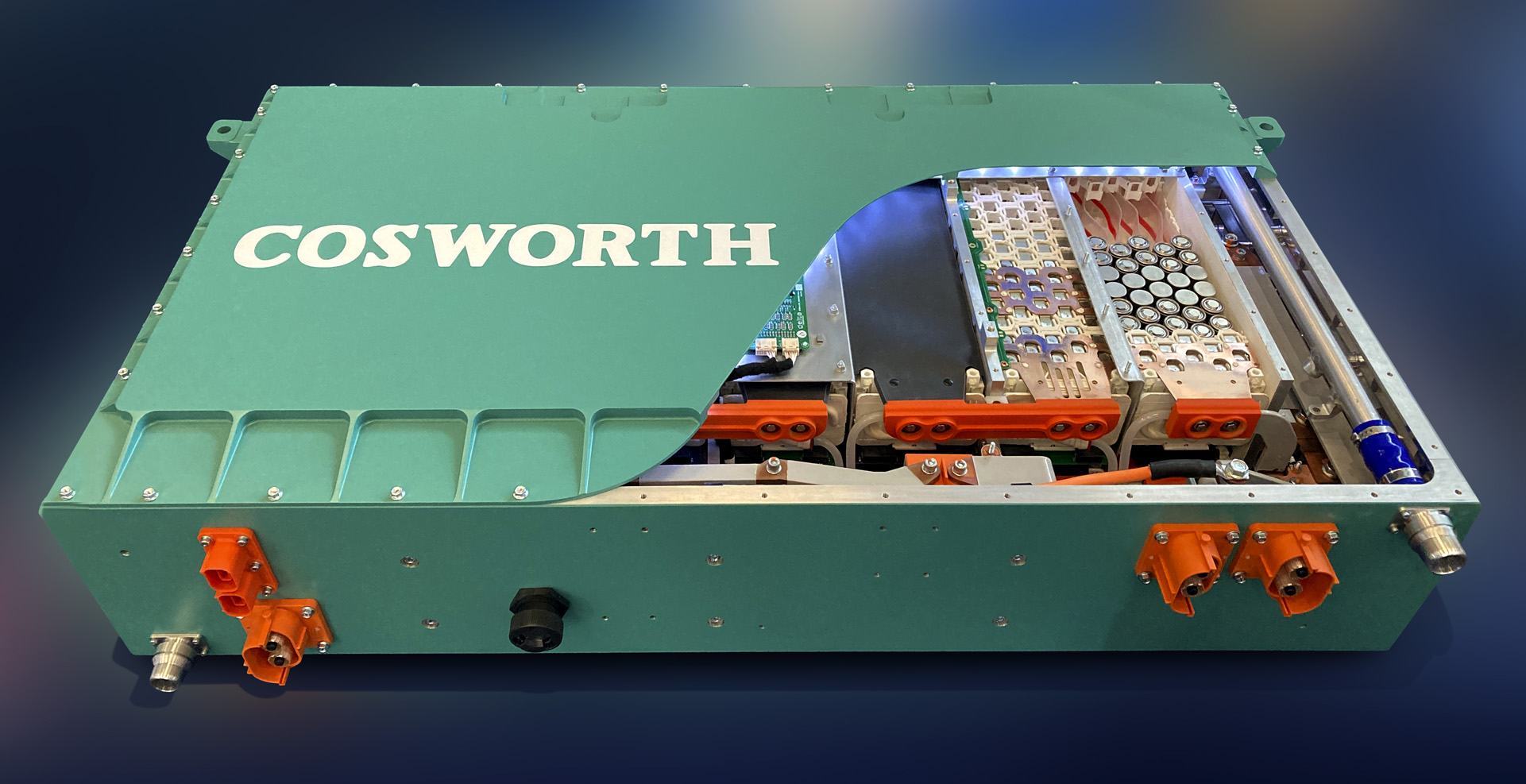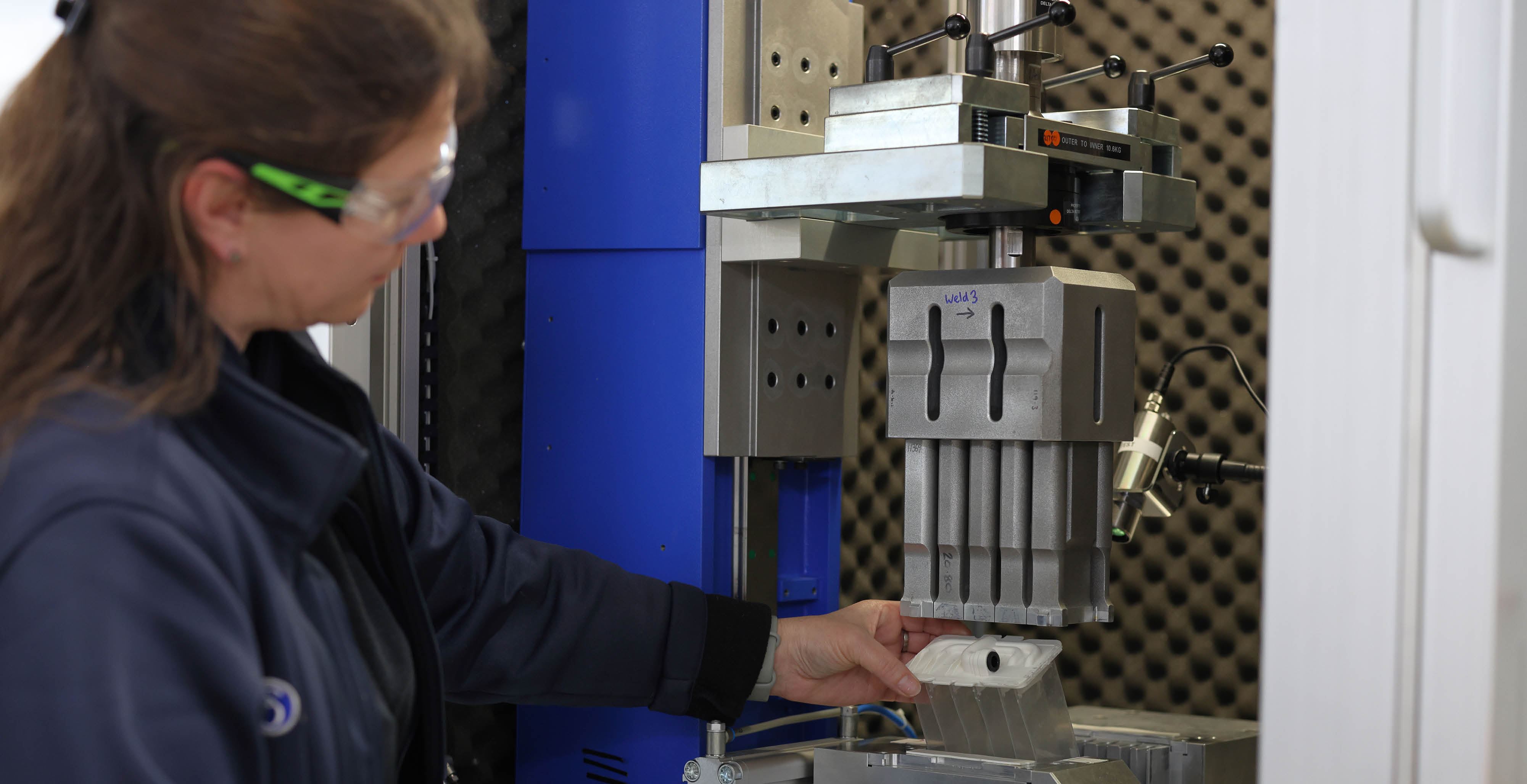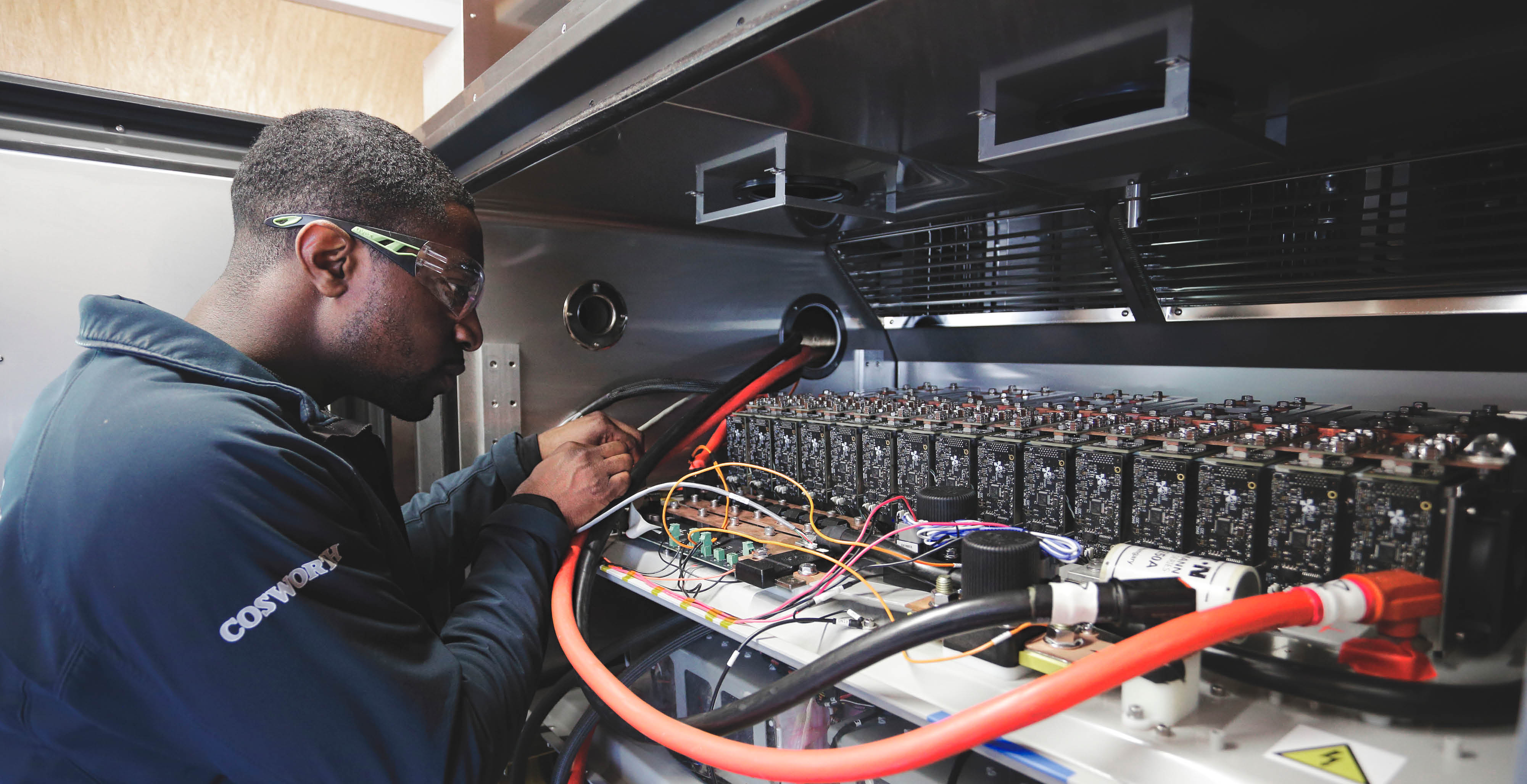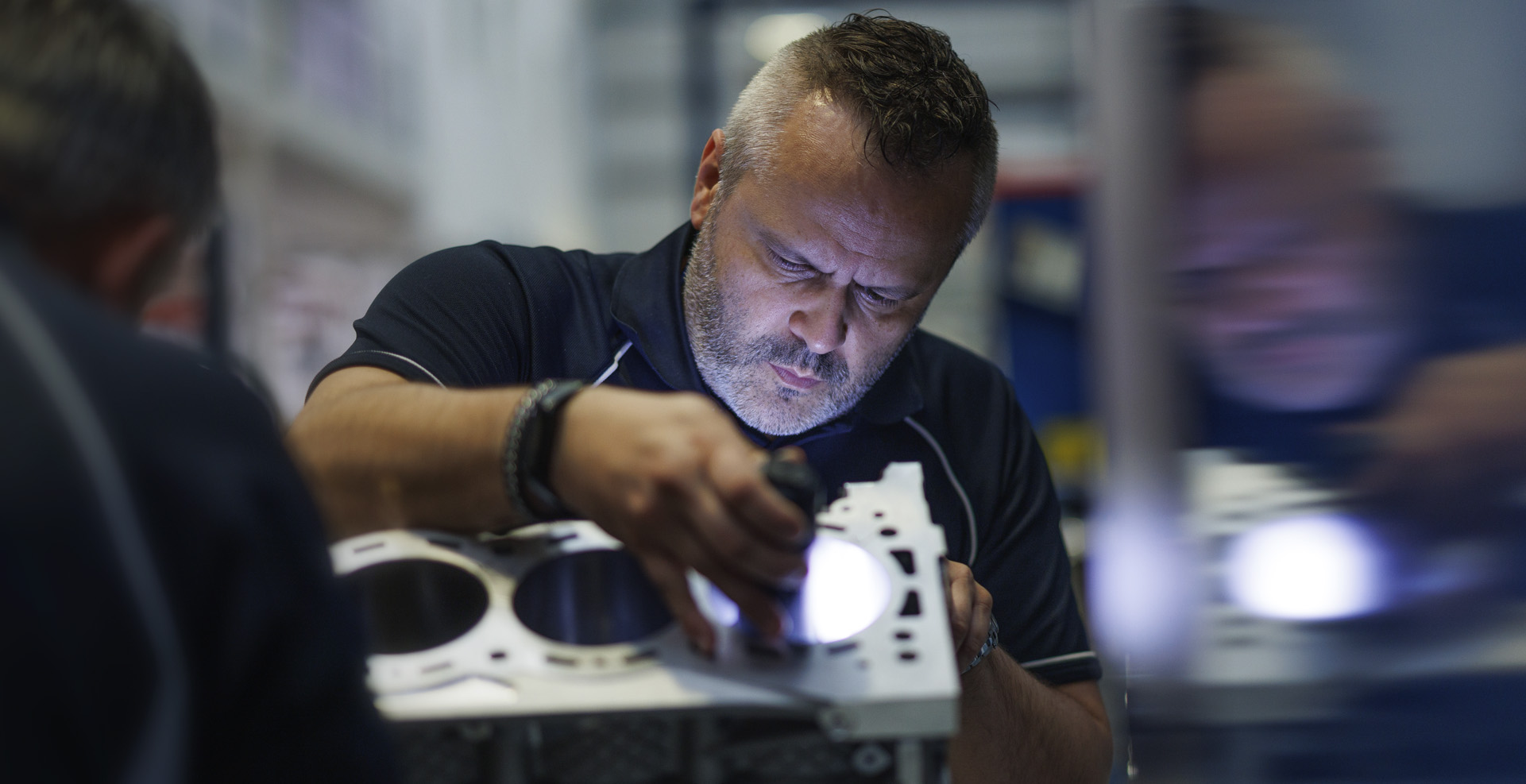
Battery technology lies at the heart of electric vehicle development – it’s an area in which we are investing a lot of our own energy. High performance solutions are applicable across multiple markets, from automotive applications to the construction industry. Our products deliver optimum performance levels that are designed for volume production. Thanks to our team of highly skilled engineers, we can pivot quickly to client demands, resulting in solutions ready for market in a timely manner.

When it comes to battery development for our customers, flexibility and scalability is key: our industry standard-setting systems open new realms of possibility and opportunity. When developing a system, we ensure we have a full understanding of the application using simulation and testing, to select the best battery solution possible.

Our dedicated manufacturing facility at Silverstone is ISO 9001 certified and contains state-of-the-art equipment capable of producing up to 30MWh per
year, which can be expanded for larger volumes. We use special ultrasonic, pulse arch welding and wire bonding techniques to ensure strong, reliable bonds are formed between critical components.

Motorsport batteries require very high charge and discharge rates, with cooling performance to match. With our extensive motorsport history, we have added motorsport battery systems to our capabilities to keep up with the ever-changing state of the industry. BTCC has seen us develop and implement a full hybrid system which currently powers all cars on the grid.

We have developed our own cell characterisation methods in-house to fully unlock cell potential. This is one of the services we provide, as part of a battery system development, that sets us apart from our rivals, allowing us to exploit cells maximum capabilities within safe operating parameters.
Our on-site multi-channel cell, module and pack cycling enables us to analyse electrical and thermal degradation characteristics at full performance as well as validating our products against industry drive cycles and customer specific requirements.
From our learnings we can then develop highly accurate and efficient mapping utilised in our battery management systems.



